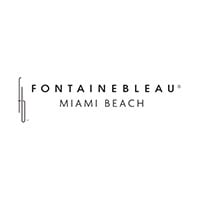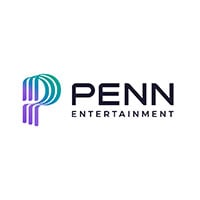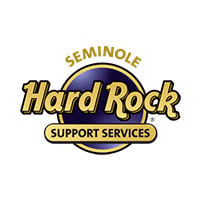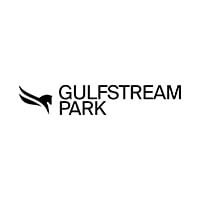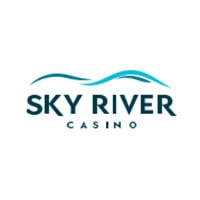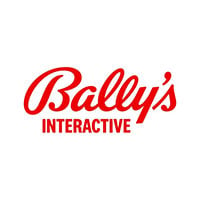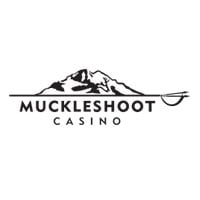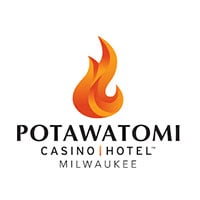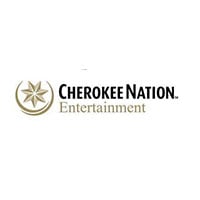
- Our Insights
- Cx Survey Design Series Net Promoter Score
Introduction
Customer experience (CX) programs seek to understand customer sentiment about a product, service, or brand. These programs allow businesses to drive internal improvements, set goals, and make data-driven decisions. Modern CX programs contain many sources of data and most incorporate surveying as a foundational tool for understanding customer sentiment. These surveys, which are often sent after a transaction or interaction, contain a variety of questions. Agnostic to industry, the surveys very often start with a variation on the same question, "On a scale from 0 to 10, how likely are you to recommend this business?".
This question itself is called, "likelihood to recommend" (LTR), and the resulting data is subjected to a unique and simple calculation that results in a Net Promoter Score (NPS).
History
The Net Promoter Score was created by Fred Reichheld and a team at Bain & Company, in partnership with Satmetrix, in the early-2000s. The original goal was to find one question that gauged customer loyalty and could predict their lifetime value.
Reichheld and their team created three categories of customers: promoters, passives, and detractors. Their research concluded that promoters were loyal brand advocates that would evangelize on behalf of a business. In contrast, detractors would likely not return unless there was a significant incentive, they would be quick to patronize a competitor, and would easily speak ill of a business. Passives fall right in the middle of the two categories. They are not displeased enough to write a negative review, for instance. However, they are more likely to make future purchase decisions based on price or convenience, instead of loyalty.
NPS has now evolved into more than just a score; it has become a system. It is now often referred to as the Net Promoter System. This system goes beyond the resulting metric and focuses on how businesses can turn their passives into promoters and reduce the number of detractors. The system encompasses many components that are integral to a successful CX program including closing the loop, driving internal improvements, and program governance.
Calculation
Using a scale of 1-10, the calculation to determine NPS separates responses into three categories: detractors, with a score of 0-6; passives scoring 7-8, and promoters scoring 9-10. From there, the percentage of promoters is subtracted from the percentage of detractors, resulting in a score from -100 to 100.

The NPS question is often followed by a single follow-up question, such as, "What was the primary reason for your score?". This open-text question allows the respondent to provide insights that could otherwise not be captured with a quantitative question. Modern CX platforms feature artificial intelligence-powered text analytics tools that can sift through these open-text responses. The analysis from these tools provides qualitative insight into the "why" behind the score.
BENCHMARKS
Naturally, many people will ask what represents a "good" NPS. Net Promoter Scores vary dramatically, even within the same industry. Customer-obsessed, high-touch businesses, such as luxury hotels or luxury retail, may see scores in the mid-60s or, in some cases, higher. The chart on the right contains examples from several widely known companies, provided by Bain & Co.'s annual NPS data report. The best benchmark, however, is your own historical data.
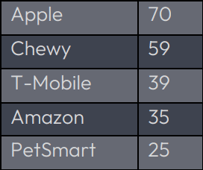
Advantages
Widespread Adoption
NPS is used by various types of organizations, including retail, hospitality, high-tech, medical, public sector, and B2B companies. This broad industry use allows benchmarking and goal setting that would otherwise be impossible if a business used alternative metrics. Additionally, widespread use allows for both peer-to-peer and aspirational NPS comparisons. This means that a small neighborhood coffee shop could compare its NPS against Starbucks as a peer benchmark, or it might compare its NPS to customer service icons such as The Ritz-Carlton or Nordstrom as an aspirational benchmark.
Historical Use
Similar to its widespread adoption, the historical use of NPS is also an advantage. For instance, in most resort destinations, the holiday season at the end of December creates one of the most challenging times of the year for hotels and resorts. The guests are abundant, the room rates are shockingly high, and the expectations are even higher. Backward-looking NPS data could allow a savvy business operator to anticipate periods of lower satisfaction and proactively adjust the experience or internal goals. This same approach could be applied to large events, such as major city-wide events, holidays, or seasonality. Historical NPS data may even look at how customer satisfaction has been impacted in the past by international geopolitical and macroeconomic events. This historical analysis allows operators to better anticipate their customers' needs and pivot their operations accordingly.
Financial Calculations
Many businesses know their NPS, however, few take the time to align their revenue with their score. For example, let's revisit the coffee shop mentioned earlier. Aligning the average spend of each survey respondent with their NPS would allow the coffee shop, rather easily, to create an average spend for promoters, passives, and detractors. For instance, on average promoters spend $15 and detractors spend $10. Another, simpler, way to look at this: promoters spend 1.5 times more than detractors. Knowledge of these numbers unlocks a deeper connection to the NPS methodology, it's not just about making customers happy, it's about increasing revenue and the sustainability of a business. Not to mention the return on investment of a CX program.
Conclusion
Critics of NPS may prefer other metrics, such as overall satisfaction or likelihood to return. These metrics, among others, are valuable and a useful complement to NPS. However, they lack the benefits of NPS and the widespread understanding within various industries. Net Promoter Score is a valuable metric for any organization seeking to better understand its customers and improve experiences.
Net Promoter, Net Promoter System*, Net Promoter Score , and NPS` are registered trademarks of Bain & Company, Inc., Fred Reichheld, and Satmetrix Systems, Inc.
LET'S GET TO WORK

